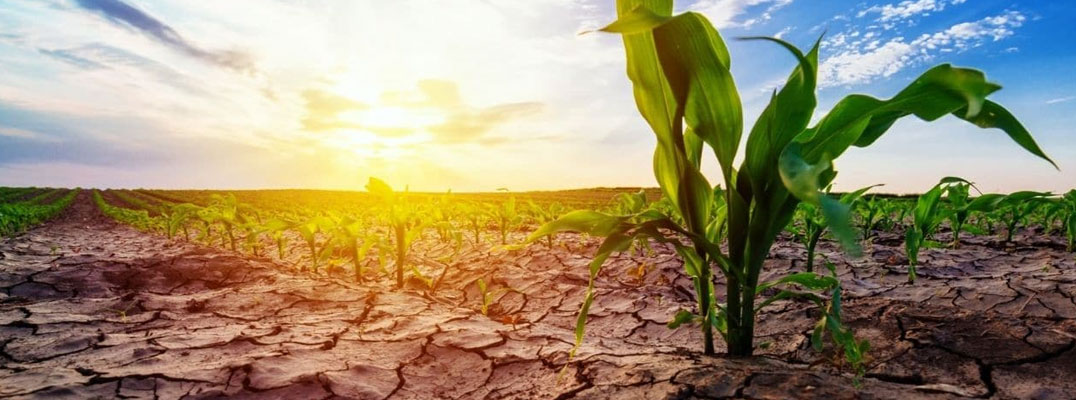A severe agriculture drought swept Central Asia in 2021 in its early growing season, causing mass die-offs of crops and livestock and leading to increased food prices.
This harsh drought is not an independent event but an intensification of a drying trend since the 1990s. Whether the worsening agriculture droughts will continue in the future is of great concern to both the public and the scientific community.
Dr. JIANG Jie and Prof. ZHOU Tianjun from the Institute of Atmospheric Physics (IAP) of the Chinese Academy of Sciences have investigated past changes in agriculture droughts across Central Asia and made projections about future changes. They found that the aggravation of agricultural droughts across southern Central Asia in its early growing season since 1992 was caused by the combination of anthropogenic forcing and internal variability associated with the Interdecadal Pacific Oscillation (IPO). They also found that human-induced reduction in soil moisture will be aggravated in the future due to the rapidly warming climate.
The study was published in Nature Geoscience on Jan. 12. It was based on multiple pieces of evidence, including observations and large ensemble simulations provided by the USA's National Center for Atmospheric Research, Germany's Max Planck Institute and Australia's Commonwealth Scientific and Industrial Research Organization.
